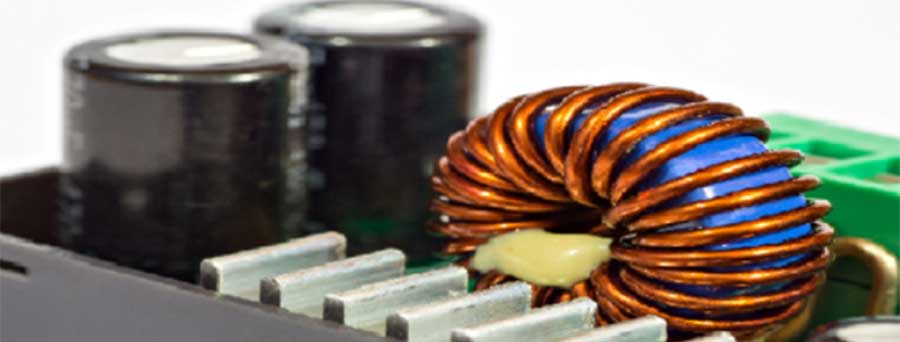The world of electromagnetic theory brims with intriguing concepts, one of which is the function of toroidal inductors. These components, characterized by their doughnut-shaped design, enhance the efficiency of many electronic devices. However, understanding their operational mechanisms, mainly the internal confinement of the B field, can take time and effort.
B Field Confinement: The Role of Symmetry and Ampère’s Circuital Law
 Under specific circumstances, the current flowing through the winding of a toroidal inductor contributes to the B field, or the magnetic flux density, within the windings, leaving the field outside unaffected. This occurrence is primarily due to the toroidal inductor’s symmetry and Ampère’s circuital law. This law states that the magnetic field’s integral around any closed loop is proportional to the net current flowing through the loop.
Under specific circumstances, the current flowing through the winding of a toroidal inductor contributes to the B field, or the magnetic flux density, within the windings, leaving the field outside unaffected. This occurrence is primarily due to the toroidal inductor’s symmetry and Ampère’s circuital law. This law states that the magnetic field’s integral around any closed loop is proportional to the net current flowing through the loop.
Conditions for Total B Field Confinement
Two conditions for achieving total internal confinement of the B field are the absence of circumferential current (current flowing around the inductor in a direction parallel to its cross-section) and the axial symmetry of the conductors and magnetic materials. Imagine an axially symmetric toroidal inductor with no circumferential current. In such a case, the lines of B flux, due to symmetry, must form circles of constant intensity. Consequently, the only B flux lines encircling any current exist inside the toroidal winding, resulting in zero B field intensity outside the windings, as per Ampère’s circuital law.
Circumferential Current: The Challenge and Solutions
However, real-world toroidal windings often lack this ideal symmetry, leading to circumferential currents. Regardless of the number of times the winding encircles the core or the thinness of the wire, such windings will always include a one-coil loop in the plane of the toroid, thereby failing to confine the B field entirely. Overcoming this issue requires innovative solutions like introducing a return wire or return winding. A return wire can be added post-assembly, effectively counteracting the circumferential current. Alternatively, a return winding, where the winding crosses itself at points of equal and opposite polarity, can also neutralize the circumferential current effectively.
E Field Distribution in the Plane of the Toroid
In addition to the magnetic B field, there is a need to consider the electric E field within the plane of the toroid. The potential distribution along the winding can generate an E-field within the toroid’s plane. Using a return winding can alleviate this challenge, significantly reducing the E field produced in the plane.
Toroidal inductors showcase an intricate interplay between symmetry, current, and the B and E fields. A deeper understanding of these principles can pave the way for more efficient and effective inductor designs, contributing to the creation of powerful and reliable electronic devices. With a careful appreciation of these factors, we can harness the full potential of toroidal inductors and delve deeper into the captivating realm of electromagnetism.

